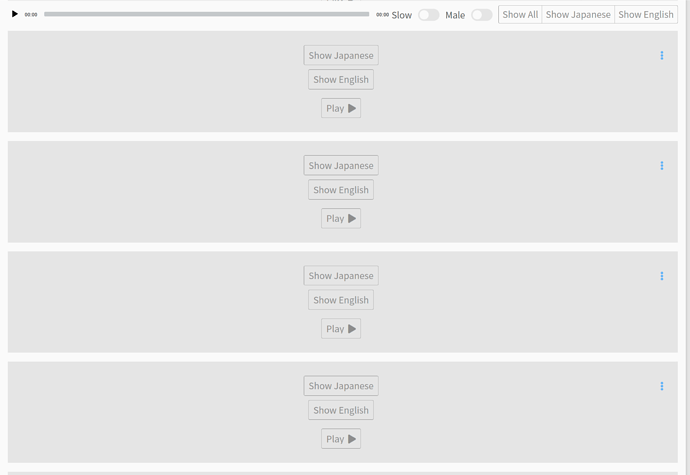Hhhmmmm I didn’t use Bunpro until after I was already past N5 (in fact, even now I only use it to add/review old or familiar grammar points) but I do kinda see your point. I think perhaps this is a case of needing clearer prompts. I actually have a general issue with lots of the Bunpro prompts as they rely too heavily on non-literal/usage based translations for my tastes, although the orange coloured more detailed prompts mostly help with that but not always.
I will say that I have personally always wanted a grammar resource that revisits these more basic topics as it progresses, partly to help with issues like the ones you are having. For example, having a more detailed explanation of verb forms as an N4 lesson etc - the thing is that it is hard to integrate that into Bunrpo’s system and, equally, the vast majority of this stuff is picked up intuitively over time or in bits and pieces via reading many different explanations of different points. So, lacking that, I think perhaps the lessons on です and 一段 and 五段 verbs could have more detail or add more detail in those little fun-fact boxes or whatever. E.g., です・ます being 丁寧語 and at the end of sentences, explaining that the “ます form” is actually a common inflection of verbs (I know the term 連用形 is used in later explanations but I am not sure where it is introduced or why it isn’t mentioned here), that ます is an aux verb, etc. I am aware this is a lot of information for beginners (hence my ideal grammar guide having this stuff introduced in steps) but I think it would be helpful to have it on one place or, at least, the expected place. Perhaps even ます can be introduced as its own grammar point to stop things getting cluttered.
In fact, looking now, 連用形 is introduced as an N3 grammar point (in the context of it being used as a conjunctive in sentences). This point covers both the verb and adjective conjunctive form (perhaps this should be two different points to begin with). I guess the use of the verb’s conjunctive form as a conjunctive in sentences is not something that comes up until the N3 exam but the verb’s conjunctive form to connect to aux words is something that comes up as soon as you start learning Japanese (due to ます etc) so perhaps some N5 level appropriate explanation or lesson of this usage could be implemented?
(I actually have a similar complaint/idea in regards to the way case marking particles are introduced without mentioning that they are case marking particles. This is another one of those things where they are introduced really early out of necessity so I understand why flooding beginners with technical language would be not ideal but I still think a “fun-fact” mention would be good. Or, ideally, a whole lesson on case marking particles and what they are/how they differ to other particles - yet another thing that is probably hard to implement with the Bunpro cloze deletion system.)
Sorry, frozenice, this reply turned into a general feedback thing halfway through hahaha






